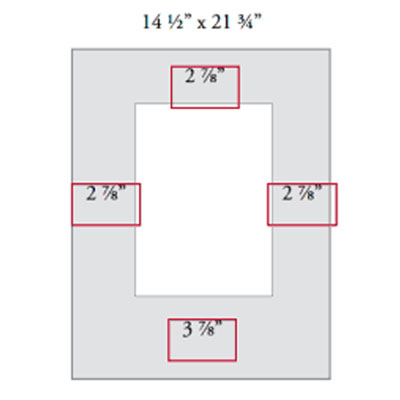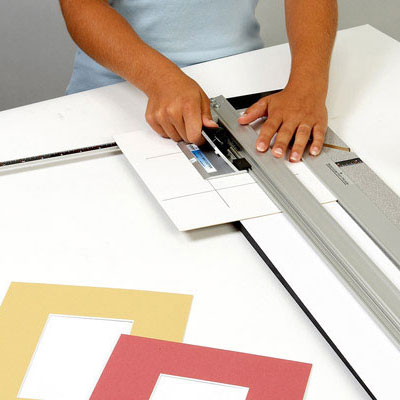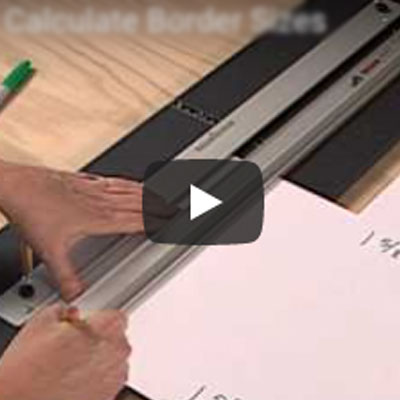"Glazing" is the framer's way of saying that you're putting glass over artwork; and it would suffice to say just that except that sometimes you don't use glass, you use acrylic. Acrylic, the clear, unbreakable plastic often referred to by the brand name Plexiglas, has several advantages over glass that make it desirable in certain circumstances. The primary advantage of acrylic is how lightweight it is. When your frame is larger than 24"x 36", it's wise to opt for acrylic. The difference in weight is remarkable and glass is dangerous to handle in such large sizes. Acrylic has the added advantage of being virtually unbreakable; so if you need to ship your artwork, acrylic is the better choice. On the other hand, acrylic can scratch easily and must be cleaned with a soft cloth and plastic cleaner. Moreover, acrylic carries a high static charge and is risky to use with loose media like pastels and charcoals.
Acrylic usually comes covered with a protective mask. If you are reducing acrylic to size from a larger sheet, you can size it with the protective mask on, but when you are ready to clean it, peel away the mask from both sides (Figure Z‑1). As the mask comes off, it will cling to the surface, betraying the static charge. Choose a plastic cleaner that has an anti-static agent (Figure Z‑2) and then take it a step further by investing in an anti-static brush. To clean acrylic, spray one side and wipe it down with a soft cloth. Avoid using paper towels as they can cause light surface abrasions in acrylic. As long as your plastic cleaner contains an anti-static agent, you can wipe the surface dry before turning it over to clean the other side. After cleaning both sides, use the anti-static brush to further reduce the static charge (Figure Z‑3).
When cleaning glass, apply glass cleaner liberally to one side and then wait a few moments, letting the solvents in the cleaner break down dirt and oils (Figure Z‑4). Wipe the glass, but avoid wiping it completely dry. Leave it moist and let it air dry the rest of the way. The action of wiping a paper towel across the dry surface of glass increases static charge and is one reason why dust and lint suddenly reappear inside the glass after you've carefully inspected it to be sure it's free of such nuisances. The other reason for the sudden appearance of dust and lint is the bellows effect created when you press down on the framing components as they are loaded into the frame (Figure Z‑5). Pressing down and releasing the components creates a suction that draws dust, lint and paper scraps into the air space between the glazing and the artwork. To prevent this, seal the edges of the stack of framing components with white artist's tape or acid-free masking tape before loading them into the frame (Figure Z‑6).












